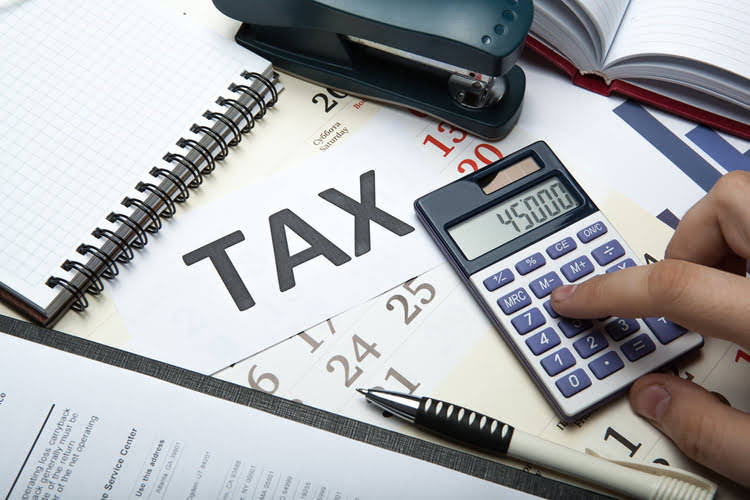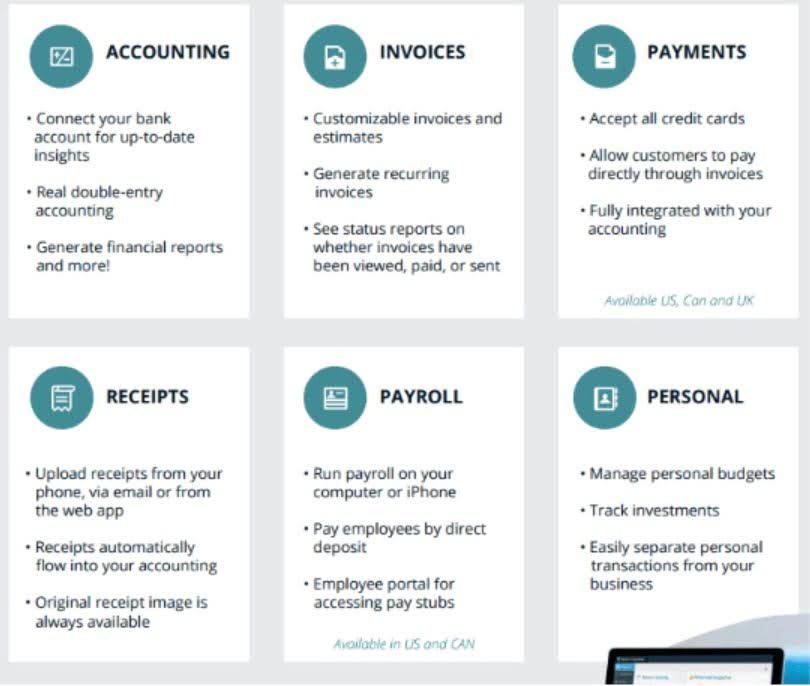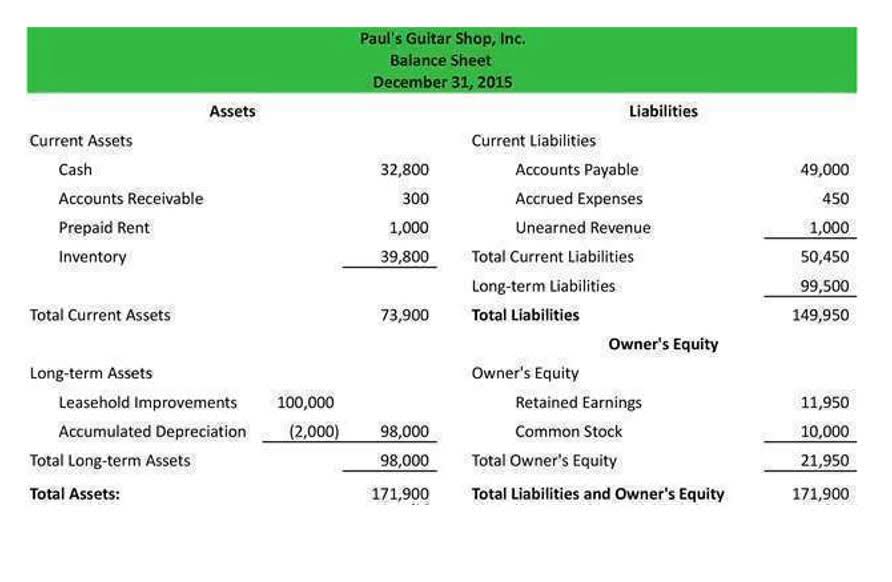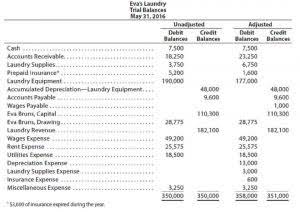
The cash flow statement presents a good overview of the company’s spending because it captures all the cash that comes in and goes out. Using this method, cash flow is calculated through modifying the net income by adding or subtracting differences that result from non-cash transactions. This is done in order to come up with an accurate cash inflow or outflow.
What are the steps in cash flow analysis?
Outflows typically encompass expenditures on research and development, as well as salaries for software engineers. Investments might entail spending on acquiring new technology or intellectual property rights. Financing activities could include receiving cash inflows from venture capital investments or issuing bonds to support the company’s growth initiatives. Financing activities detail cash flows related to a company’s financing structure and capital management.
Cash Flow Statement Sections
A cash buffer is essentially a financial safety net for your business. To determine how much cash buffer your business needs, you’ll divide cash balances by cash outflows. This will tell you the number of days that your cash on hand will be able to make up for no incoming cash flow.
Choose the best payment setup for your business
Cash flow problems are often seen as setting off a chain reaction, inducing a domino effect. Cash flow is the total amount of cash that is flowing in and out of the company. Free cash flow is the available https://www.bookstime.com/ cash after subtracting capital expenditures. This information allows businesses to forecast future cash needs, make informed investment decisions, and track actual performance against budgeted targets.


You use information from your income statement and your balance sheet to create your cash flow statement. With the indirect method, cash flow is calculated by adjusting net income by adding or subtracting differences resulting from non-cash transactions. Non-cash items show up in the changes to a company’s assets and liabilities on the balance sheet from one period to the next. In the realm of business finance, a cash flow statement is not just another document—it is a crucial tool that provides insights into the financial health of a company. At Payro Finance, we emphasize the importance of understanding such financial tools, empowering businesses to manage their finances effectively. When used correctly, it can offer a clear view of a company’s liquidity, financial flexibility, and overall financial performance.
Analysts look in this section to see if there are any changes in capital expenditures (CapEx). It can be considered as a cash version of the net income of a company since it starts with the net income or loss, then adds or subtracts from that cash flow problems examples amount to produce a net cash flow figure. This content is for information purposes only and information provided should not be considered legal, accounting or tax advice or a substitute for obtaining such advice specific to your business.

How Are Cash Flows Different Than Revenues?
You’ll also notice that the statement of cash flows is broken down into three sections—Cash Flow from Operating Activities, Cash Flow from Investing Activities, and Cash Flow from Financing Activities. Now that we’ve got a sense of what a statement of cash flows does and, broadly, how it’s created, let’s check out an example. When you have a positive number at the bottom of your statement, you’ve got positive cash flow for the month. Keep in mind, positive cash flow isn’t always a good thing in the long term. While it gives you more liquidity now, there are negative reasons you may have that money—for instance, by taking on a large loan to bail out your failing business. On top of that, if you plan on securing a loan or line of credit, you’ll need up-to-date cash flow statements to apply.

The cash flow statement (CFS) shows much more about cash than do other financial statements. Cash is a company’s most liquid asset; it is the lifeblood of operations. Without adequate cash, and regardless of the long-term assets that may be owned, a business cannot pay employees, creditors, taxes, dividends, or expenses.
- Negative cash flow from investing activities might be due to significant amounts of cash being invested in the company, such as research and development (R&D), and is not always a warning sign.
- If these issues are not detected and managed early on, the business could be at risk of failure.
- Since we are living in the digital era, why not turn to tools that can make life easier and turn your cash position around.
- As such, they can use the statement to make better, more informed decisions about their investments.
- The price-to-cash flow (P/CF) ratio is a stock multiple that measures the value of a stock’s price relative to its operating cash flow per share.
- The value of various assets declines over time when used in a business.

